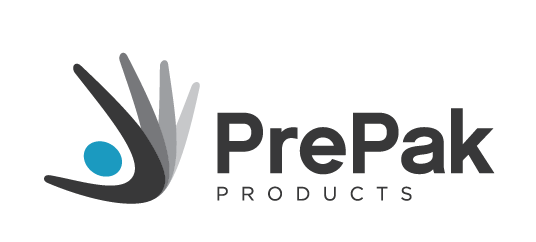Pain in the Neck
Fix Your Posture Problems Today
All this time hunched over our desks is wreaking havoc on our posture.
You may have heard the terms kyphosis, rounded shoulder, forward head syndrome, or even text neck. It’s all part of a family of issues related to how we carry ourselves through the day—a repeating cycle of poor posture that leads to pain, worse posture, more pain, and maybe even permanent structural damage to the spine.

In a neutral position, the head feels as if it weighs nothing. But for every one inch the head moves forward, away from a neutral-balanced position, the head feels as if its weight has doubled—adding tension and stress to the neck muscles and cervical spine.
What begins as fatigue and discomfort in the neck and shoulders can become pain that radiates down the arm to the elbow and hands. Breathing can be inhibited, leading to poor oxygenation of cells and tissues. Toxins accumulate, muscles tighten and shorten, and headaches come with greater frequency and intensity.

Forces on the neck increase as we tilt our heads, causing curvature of the spine. Excessive, prolonged curvature can lead to painful, long-lasting damage.
There’s nothing good about this—and it gets worse. All this tension and hunched over posture has even been shown to increase anxiety and depression! By fixing your rounded shoulders and forward head, you can simultaneously reduce pain and improve your day-to-day mood.
How Do You Fix It? A Two-Pronged Approach Is Best.
1) Address the source of the problem.
What is happening in your environment that causes you to spend so much time in this awkward position? This is often an ergonomic problem at work. Adjustments to the setup of your desk or to how—and how often—you look at your cell phone could go a long way toward addressing the issue.

2) Exercise and stretch for relief and prevention.
Overall body conditioning will give you the strength you need to get through the day without fatigue and slouching. Specifically, rounded shoulders are often the result of back and shoulder muscles that are too loose or weak relative to tight muscles in the chest.
Equally important are the chest stretches. For this, we highly recommend The Rope—a simple, versatile device that makes it easy to increase the flexibility of muscles and joints.
Attached to a home or office door, The Rope lets you lean into a wide variety of stretches, many of which are great for opening the chest—thereby relieving stress on your neck and shoulders.

The Rope is compatible with our Web Slide Exercise Rail System (shown here), but is also extremely portable and can be used alone with most standard doors.
- Stretching and loosening muscles with The Rope for a few minutes a day can alleviate many postural imbalances
- Provides gentle traction for shoulders and thoracolumbar spine
- Helps relieve muscle spasms and improves posture and elasticity
- When used prior to golfing, playing tennis, or swimming, there is a reduced risk of injury
Kyphosis, rounded shoulder, and forward head syndrome may seem like minor issues at the start, but if not properly addressed, the associated discomfort and pain can become major problems leading to decreased quality of life and lost productivity.
